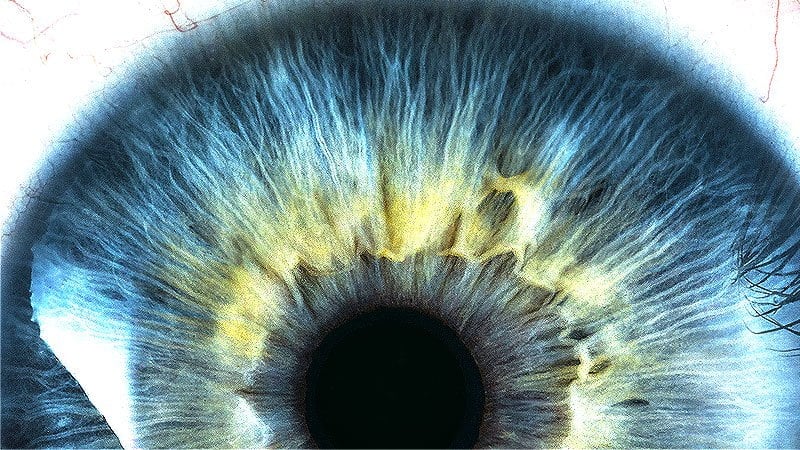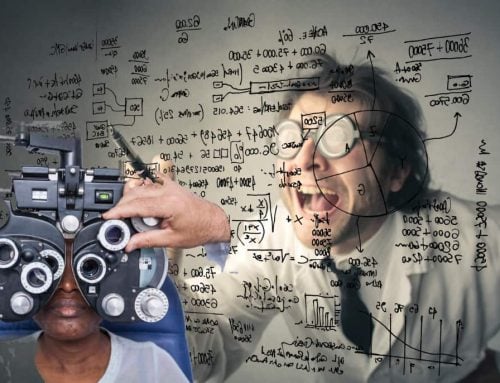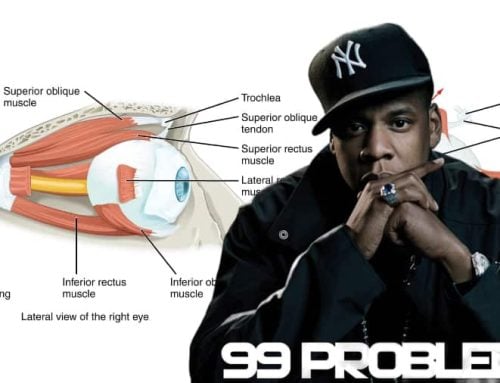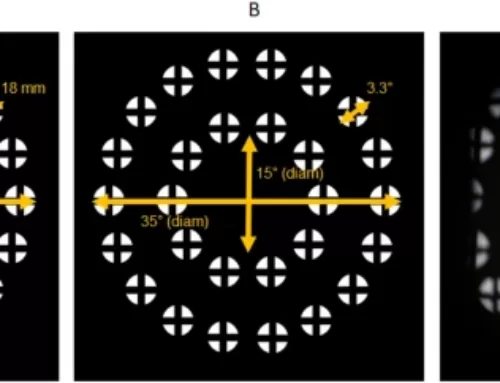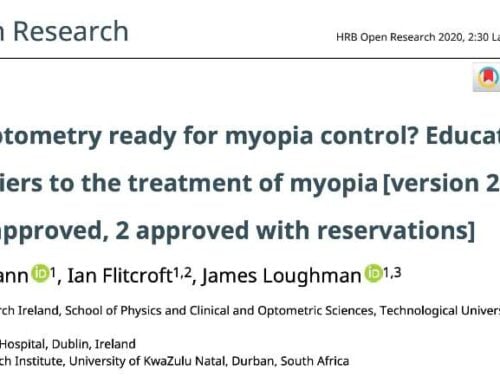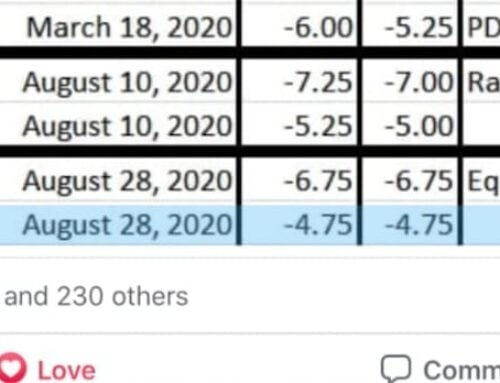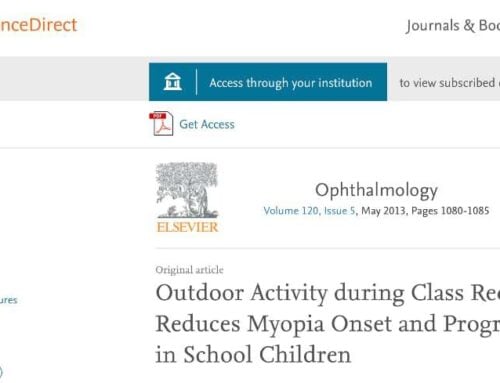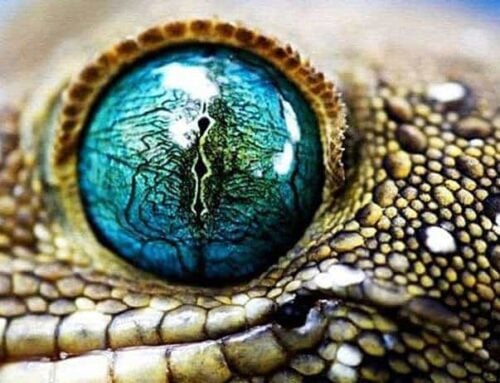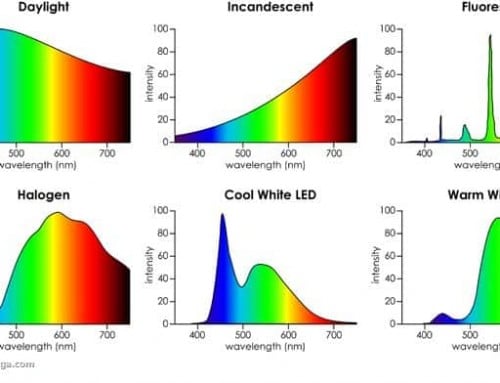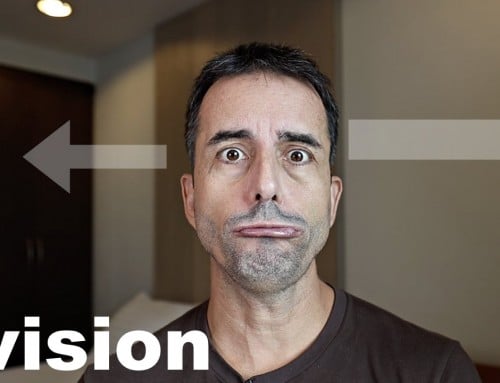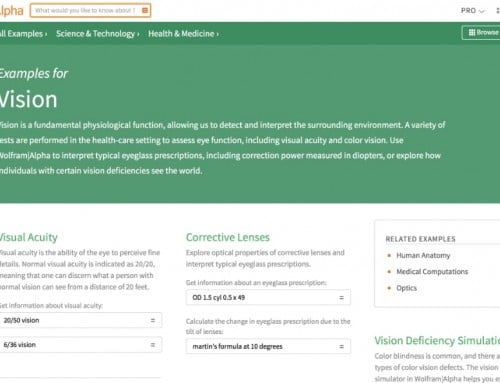We’re going to get super far off the regular corse today.
If you’re just here to get simple and actionable insights on natural myopia control, this post isn’t the droid you’re looking for. Inspiration for this delving-into-things post, from Andrea’s e-mail:
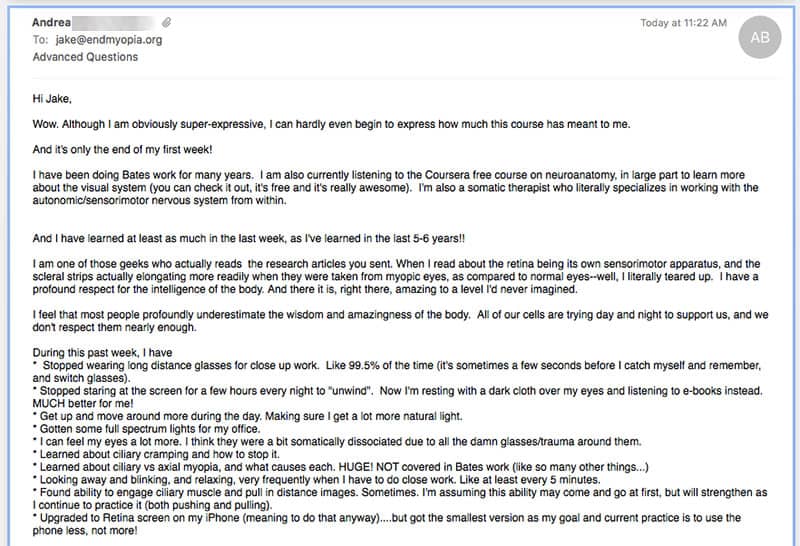
text version for easier legibility:Hi Jake,Wow. Although I am obviously super-expressive, I can hardly even begin to express how much this course has meant to me.And it’s only the end of my first week!I have been doing Bates work for many years. I am also currently listening to the Coursera free course on neuroanatomy, in large part to learn more about the visual system (you can check it out, it’s free and it’s really awesome). I’m also a somatic therapist who literally specializes in working with the autonomic/sensorimotor nervous system from within.And I have learned at least as much in the last week, as I’ve learned in the last 5-6 years!!I am one of those geeks who actually reads the research articles you sent. When I read about the retina being its own sensorimotor apparatus, and the scleral strips actually elongating more readily when they were taken from myopic eyes, as compared to normal eyes–well, I literally teared up. I have a profound respect for the intelligence of the body. And there it is, right there, amazing to a level I’d never imagined.I feel that most people profoundly underestimate the wisdom and amazingness of the body. All of our cells are trying day and night to support us, and we don’t respect them nearly enough.During this past week, I have* Stopped wearing long distance glasses for close up work. Like 99.5% of the time (it’s sometimes a few seconds before I catch myself and remember, and switch glasses).* Stopped staring at the screen for a few hours every night to “unwind”. Now I’m resting with a dark cloth over my eyes and listening to e-books instead. MUCH better for me!* Get up and move around more during the day. Making sure I get a lot more natural light.* Gotten some full spectrum lights for my office.* I can feel my eyes a lot more. I think they were a bit somatically dissociated due to all the damn glasses/trauma around them.* Learned about ciliary cramping and how to stop it.* Learned about ciliary vs axial myopia, and what causes each. HUGE! NOT covered in Bates work (like so many other things…)* Looking away and blinking, and relaxing, very frequently when I have to do close work. Like at least every 5 minutes.* Found ability to engage ciliary muscle and pull in distance images. Sometimes. I’m assuming this ability may come and go at first, but will strengthen as I continue to practice it (both pushing and pulling).* Upgraded to Retina screen on my iPhone (meaning to do that anyway)….but got the smallest version as my goal and current practice is to use the phone less, not more!
Awesome, right?
You don’t need to reach for nonsensical pseudoscience about purple light, if you want to dive deep on the subject of eyesight. Actual clinical researchers are equally curious, and arguable better equipped, to blow your proverbial socks off. The Rabbit hole is deep, kittehs.
Take a look at this one:
A Sensorimotor Account Of Vision And Visual Consciousness
J. Kevin O’Regan
Laboratoire de Psychologie Expérimentale, Centre National de Recherche Scientifique, Université René Descartes, 92774 Boulogne Billancourt, France [email protected] http://nivea.psycho.univ-paris5.fr
Alva Noë
Department of Philosophy, University of California at Santa Cruz, Santa Cruz, CA 95064
[email protected] http://www2.ucsc.edu/people/anoe/
1.1. The puzzle of visual experience
What is visual experience and where does it occur?
It is generally thought that somewhere in the brain an in- ternal representation of the outside world must be set up which, when it is activated, gives us the experience that we all share of the rich, three-dimensional, colorful world. Cor- tical maps – those cortical areas where visual information seems to be retinotopically organized – might appear to begood candidates for the locus of perception.
Cortical maps undoubtedly exist, and they contain infor-mation about the visual world. But the presence of these maps and the retinotopic nature of their organization can- not in itself explain the metric quality of visual phenome- nology. Nor can it explain why activation of cortical maps should produce visual experience. Something extra would appear to be needed in order to make excitation in cortical maps provide, in addition, the subjective impression of see- ing.
A number of proposals have come forth in recent years to suggest how this might come about. For example, it has been suggested, from work with blindsight patients, that consciousness in vision may derive from a “commentary” system situated somewhere in the fronto-limbic complex (taken to include the prefrontal cortex, insula and claus- trum; cf. Weiskrantz 1997, p. 226).
Wait. This thing is 83 pages long, without the references.
Just grab the whole PDF so you can load it onto your phone or ebook reader. And then probably think, wow good thing Jakey doesn’t go that off the deep end in the regular blog, on a regular basis.
Side note: Brilliant forum discussion on low myopia today. Starting with a question about slow or no progress with low myopia, we get treated to a really fantastic detailed guide by Christian.
If you don’t yet have forum access, like I always say … missing out on the best stuff.
Cheers,
-Jake

